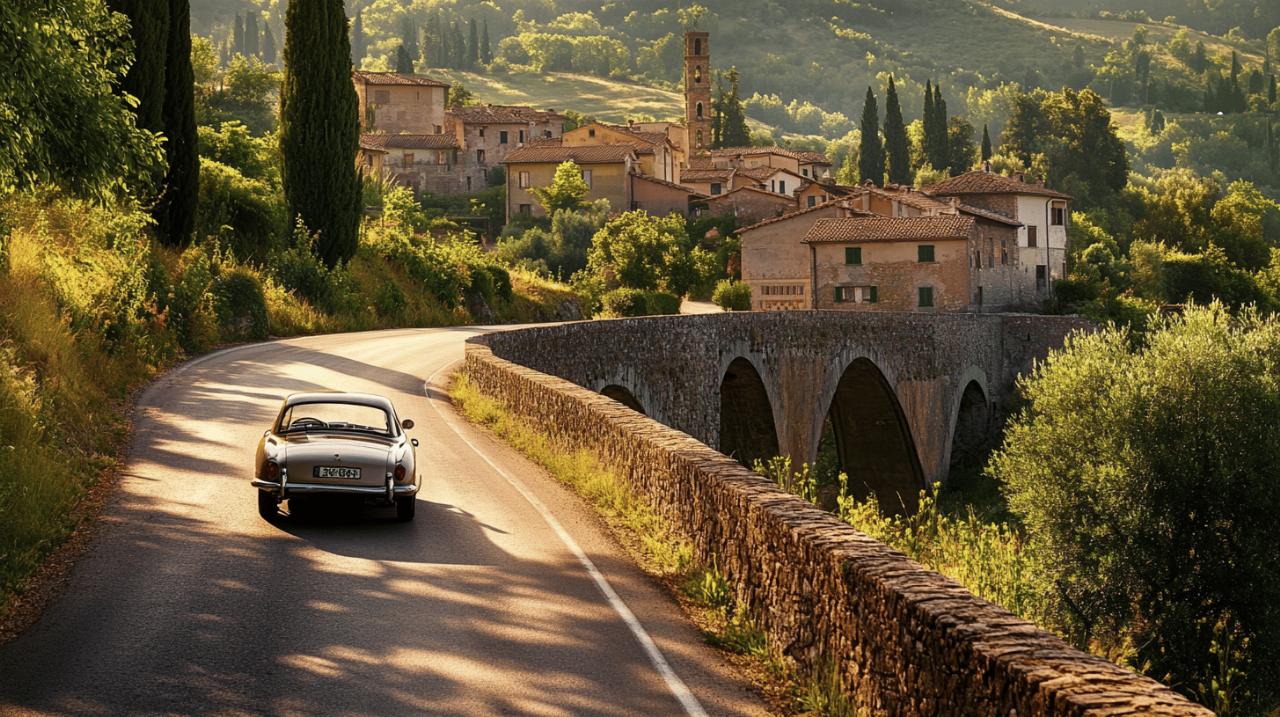Italy, the land of ancient ruins, vibrant culture, and culinary delights, offers far more than the typical postcard images of Rome’s Colosseum or Venice’s winding canals. Beyond the well-trodden paths lies a world of enchanting discoveries waiting for the curious traveller. From secluded villages perched on hillsides to hidden coastal retreats, Italy’s lesser-known treasures offer authentic experiences that capture the true essence of La Dolce Vita.
Secret locations beyond tourist hotspots
While millions flock to Rome, Florence, and Venice each year, savvy travellers are increasingly seeking alternatives to these crowded destinations. The team at https://www.eago-italia.it/ specialises in guiding visitors to these hidden corners of Italy, where authentic experiences await. Their extensive knowledge of the country reveals a tapestry of undiscovered regions that maintain their traditional character and charm, far from the bustling tourist centres.
Medieval villages nestled in italian landscapes
Throughout the Italian countryside, time seems to stand still in numerous medieval villages that remain largely untouched by mass tourism. In Northern Italy, the picturesque Lake Orta offers a tranquil alternative to its more famous neighbours, with the charming town of Orta San Giulio providing stunning lakeside views without the crowds. The walled town of Chiusa/Klausen in South Tyrol presents a fascinating blend of Italian and Austrian influences, with its colourful buildings and Alpine backdrop creating a fairy-tale atmosphere.
Central Italy harbours gems like Civita di Bagnoregio, often called the ‘dying city’ due to its precarious position atop an eroding clay and volcanic rock hill. This haunting beauty, accessible only by a pedestrian bridge, transports visitors to another era with its stone archways and weathered buildings. Further south, the ancient town of Santa Severina in Calabria boasts a remarkably preserved Norman castle and Byzantine church, offering glimpses into Italy’s complex historical tapestry.
Secluded coastal havens along the italian shores
Italy’s extensive coastline holds numerous secrets for beach lovers seeking respite from overcrowded shores. The Trabocchi Coast in Abruzzo features unique wooden fishing platforms extending into the sea, with nearby beaches offering pristine waters and dramatic scenery. These traditional structures now often house restaurants where visitors can sample the freshest seafood while waves crash below.
On Sardinia’s western coast, the colourful town of Bosa sits along the Temo River, its pastel-hued houses creating a striking contrast against the azure Mediterranean. The nearby beaches remain refreshingly uncrowded even during peak season. For those exploring Sicily, Ortigia, the historical heart of Syracuse, presents a maze of narrow streets opening onto sparkling sea views, baroque piazzas, and ancient Greek ruins, embodying the island’s multicultural heritage.

Immersive cultural experiences across Italy
Discovering Italy’s hidden locations is just one aspect of a truly memorable journey. Immersing oneself in the country’s rich cultural traditions offers deeper connections with both the place and its people. Throughout Italy, opportunities abound for travellers to engage with authentic customs and age-old practices that continue to thrive despite modern influences.
Traditional festivals that showcase local heritage
While Venice’s Carnevale and Siena’s Palio horse race attract international attention, countless lesser-known festivals throughout Italy provide equally fascinating glimpses into local traditions. In small Tuscan towns, medieval flag-throwing competitions showcase remarkable skill and pageantry, with performers dressed in elaborate period costumes demonstrating techniques passed down through generations.
Food festivals, known as sagre, celebrate seasonal harvests and regional specialities throughout the country. These community gatherings offer visitors the chance to taste authentic dishes prepared according to time-honoured recipes, often featuring ingredients sourced from nearby farms and producers. From truffle festivals in Alba to chestnut celebrations in the Garfagnana region, these events reveal the deep connection between Italian identity and culinary traditions.
Artisanal workshops: learning from italian masters
Italy’s reputation for craftsmanship extends far beyond its famous fashion houses and luxury brands. Throughout the country, artisans continue to practice traditional skills in workshops where visitors can observe and even participate in creating handcrafted items. In Florence, beyond the leather markets aimed at tourists, small studios offer courses in traditional bookbinding and paper marbling techniques that date back centuries.
Murano glass, long associated with Venice, can be appreciated on a deeper level through workshop visits where master craftsmen demonstrate the intricate blowing and shaping processes. Similarly, ceramic traditions flourish in towns like Deruta in Umbria and Vietri sul Mare along the Amalfi Coast, where distinctive regional styles have evolved over hundreds of years. These interactive experiences provide not only memorable souvenirs but also genuine connections with Italy’s artistic heritage.
Whether exploring remote medieval villages or participating in traditional crafts workshops, travellers who venture beyond Italy’s famous landmarks discover a country of extraordinary depth and diversity. By seeking out these authentic experiences, visitors gain insight into the true spirit of Italy, where ancient traditions and modern life blend seamlessly in a celebration of culture that continues to evolve while honouring its rich past.